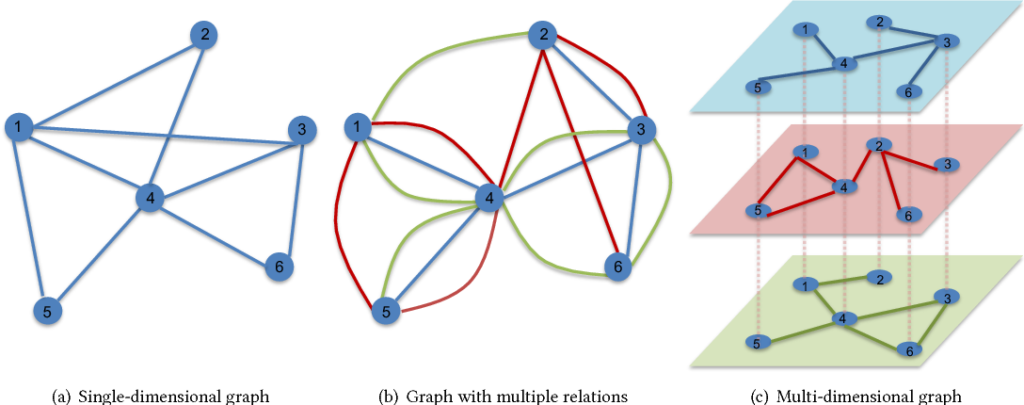
Last 12 months have been relentless. We heard from every news outlet about the unprecedented nature of macro events. In some capacity this was true, but in others, not so much. One thing is true: this was the first time we experienced the last 102 years in 12 months.
Here’s a brief timeline of what people endured since 1918 and our equivalent experience last year.
- 1918: Influenza pandemic. 20M people died around the world.
- COVID-19
- 1920: 19th amendment to US Constitution giving women the right to vote
- Madam Kamala Harris becoming the first lady to be US VP
- 1929: Stock market crash; The Great Depression
- Recession sparked by C19 and a significant market drop in March 2020
- 1954-68: Civil Rights Movement
- BLM
- 1969: Moon landing for the first time
- SpaceX lands it’s Rocket back to earth; NASA rover lands on Mars
- 1973: The oil embargo
- Oil shock of 2020 with prices falling below $0
- 1980 and 1987: Recession and Black Monday
- Double digit market drops within a few days in March 2020
- Unemployment spikes with millions filing each week
- 2001: dot-com crash
- We’re living in the bubble of bubbles with large speculative trading by retail investors and high leverage activity by institutions
- 2008: The Great Recession leading to quantitative easing (QE)
- Liquidity measures by the Fed with intense QE pursuit
Time became compressed last year and we almost couldn’t keep up.
As humans, we’re not wired to be non-linear thinkers. Linearity and sequential thinking is preferred when dealing with problems, challenges and identifying opportunities. If 2020 has taught us anything, it’s that non-linear thinking can become a competitive advantage. It allows you to zoom out, make relevant connections and then zoom in before making your decisions.
Here is an example of non-linear thinking applied to real world:
Scenario: You’re CEO of an e-commerce brand in 2020. Product-market fit is dialed in. Marketing is efficient. You’re looking to invest in growth and need more capital. You’re wondering whether you should fundraise from institutional venture capital.
Applied non-linear thinking : The Fed has extreme liquidity measures in-market causing asset price inflation and interest rates have been reduced to near zero. This tells you that money is cheap in the market and helps you recognize that equity is more expensive. Stimulus plans by the government are pushing for consumer spending. This tells you that there’s a share of wallet happening with people not able to spend on activities like travel, dining out, etc. People’s greater propensity to consume is yielding growth for all e-commerce and has positively impacted your conversion rates (CVRs). Your average order value (AOV) is also increasing. Marketing has been consistently effective and efficient. You now have choices on how to secure more growth capital.
You don’t have to raise an equity round. You can raise debt instead; it’s cheaper, helps you retain your equity and control. You can still do an equity raise, but on your own terms and for strategic reasons, not just for capital needs.
Once you zoom out and make all the relevant connections, you’re able to make the right decision of debt vs equity. The consistency in your metrics will make underwriting by a bank an easier journey than fundraising formally.
There are countless other examples.
Whether you’re re-balancing your portfolio, having a 1:1 with your manager or your direct report, writing an essay, selling to a customer or having crucial conversations with a friend, think through all the dimensions and connect the dots. Principles of non-linear thinking will almost always help you make the best decisions.
Works cited: